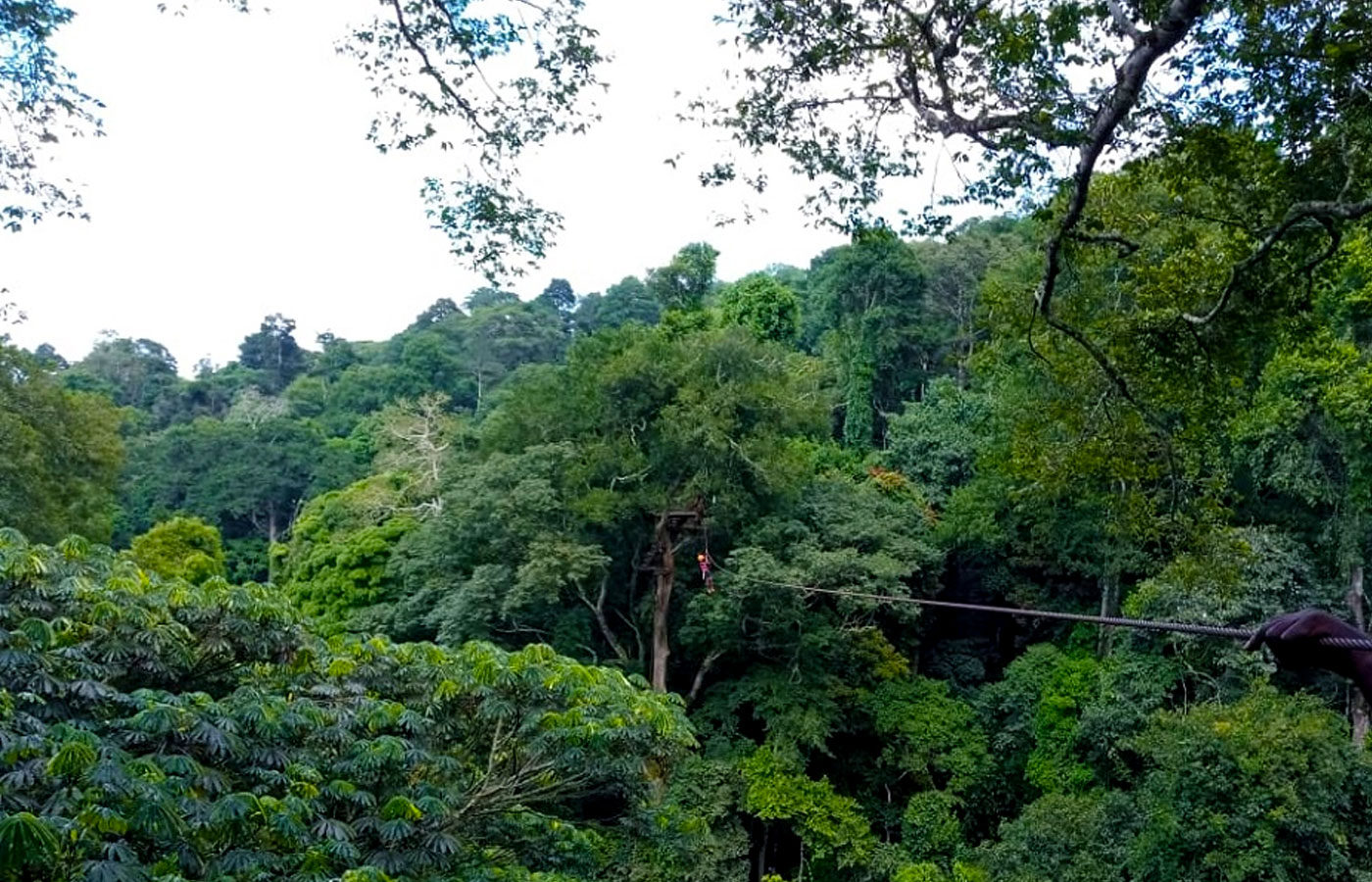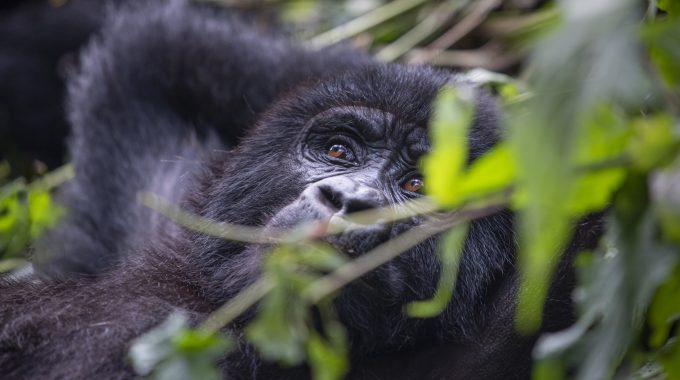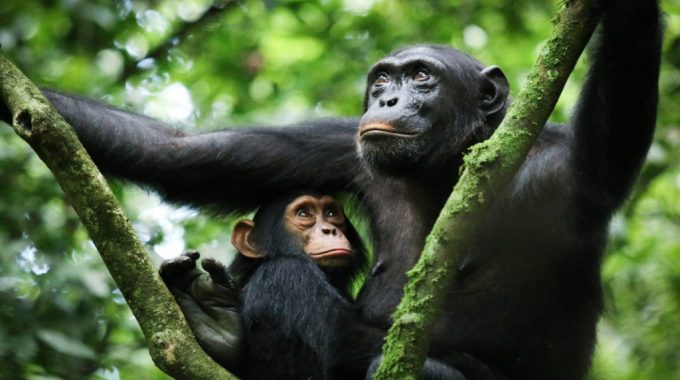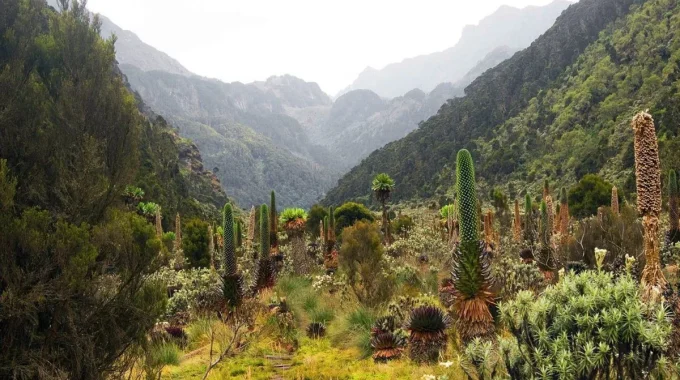Where is the headquarters of Kibale National Park? The headquarters of Kibale National Park is…
What is the name of the largest forest in central Uganda?
What is the name of the largest forest in central Uganda? The largest forest in central Uganda is Mabira Forest. Located in the Mukono District, Mabira is the biggest remaining tropical rainforest in central Uganda and is situated about 54 kilometers (34 miles) east of Kampala, along the Kampala-Jinja highway. Covering an area of approximately 306 square kilometers (118 square miles), it plays a vital role in Uganda’s biodiversity and ecological balance.

Key Features and Significance of Mabira Forest: What is the name of the largest forest in central Uganda?
Ecological Importance:
Mabira Forest is part of the larger Lake Victoria Basin ecosystem and serves several important environmental functions:
- Water Catchment: It helps maintain water levels in nearby rivers and lakes, including the River Sezibwa and River Mayanja.
- Carbon Sequestration: As a tropical rainforest, Mabira helps capture carbon dioxide from the atmosphere, contributing to mitigating the effects of climate change.
- Biodiversity Hub: The forest is one of Uganda’s most biologically diverse areas, home to hundreds of plant and animal species.
Biodiversity:
Mabira is known for its rich biodiversity, making it an important conservation area in Uganda.
- Flora: The forest is home to more than 300 species of trees. Some of the notable species include hardwood trees such as Mahogany, Ebony, and Impewo.
- Fauna: It hosts a variety of wildlife, including:
- Birds: Over 315 bird species, such as the Nahan’s francolin and the African grey parrot. It’s a key location for bird watchers.
- Primates: Species such as the grey-cheeked mangabey, red-tailed monkeys, and baboons can be found in the forest.
- Insects: The forest is rich in insect life, with several species of butterflies, including some that are endemic to the region.
Human and Cultural Influence:
- Traditional Use: Local communities have historically depended on Mabira for resources like firewood, medicinal plants, and food from edible forest fruits. The forest is considered sacred by many of the nearby ethnic groups, and there are traditional rituals associated with the forest.
- Conservation Efforts: In recent years, there have been efforts to preserve Mabira Forest due to threats like deforestation, illegal logging, and encroachment for agriculture. There are conservation projects and NGOs working to protect the forest.
Tourism and recreational activities:
Mabira Forest is a popular eco-tourism destination, attracting both nature lovers and adventure enthusiasts.
- Guided Forest Walks: Visitors can explore the dense forest, learning about its flora, fauna, and ecological importance from local guides.
- Bird Watching: With over 300 bird species, Mabira is a key bird-watching site in Uganda.
- Canopy Walk and Zip-lining: The Mabira Forest Canopy Super Skyway offers zip-lining experiences, providing visitors with a unique aerial view of the forest.
- Mountain Biking: For adventure seekers, the forest offers trails that are suitable for mountain biking.
Conservation Challenges:
Despite its status as a protected area, Mabira faces several threats:
- Deforestation: Agricultural expansion, illegal logging, and human settlement continue to encroach on the forest.
- Environmental Degradation: Overuse of resources like firewood and charcoal production threatens the forest’s sustainability.
- Development Projects: There have been proposals to convert parts of the forest for sugarcane plantations and other agricultural projects, which have raised concerns among environmentalists and local communities.
Conservation and Protection:
Mabira Forest is managed by the Uganda Wildlife Authority (UWA) and is designated as a Central Forest Reserve. Efforts to conserve the forest include:
- Strict regulation on logging and land use.
- Community education and involvement in conservation initiatives.
- Partnership with environmental NGOs to monitor and protect wildlife.
Mabira Forest remains a vital part of Uganda’s natural heritage, providing ecological, economic, and cultural benefits to the region while also supporting biodiversity and conservation efforts.



